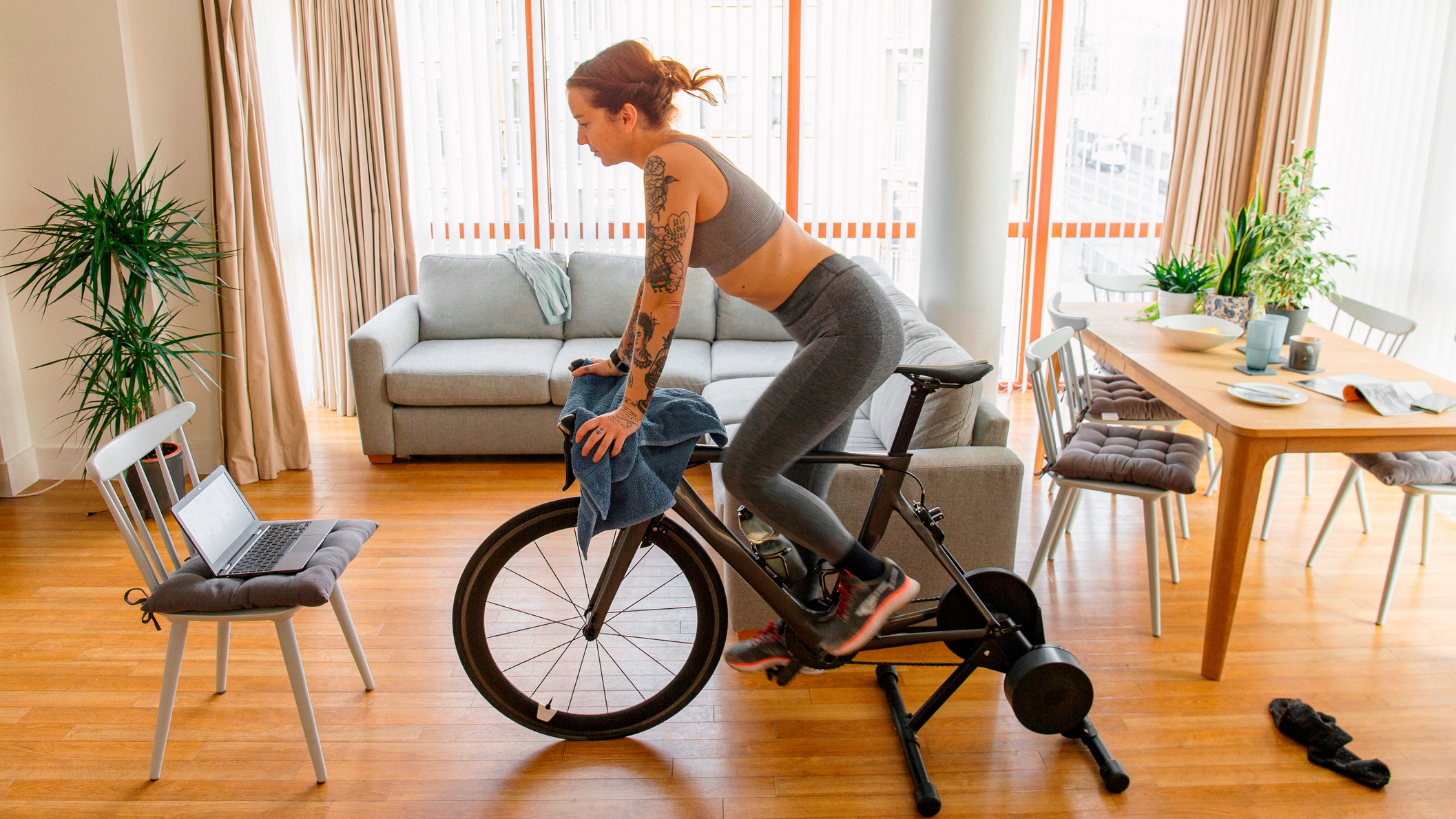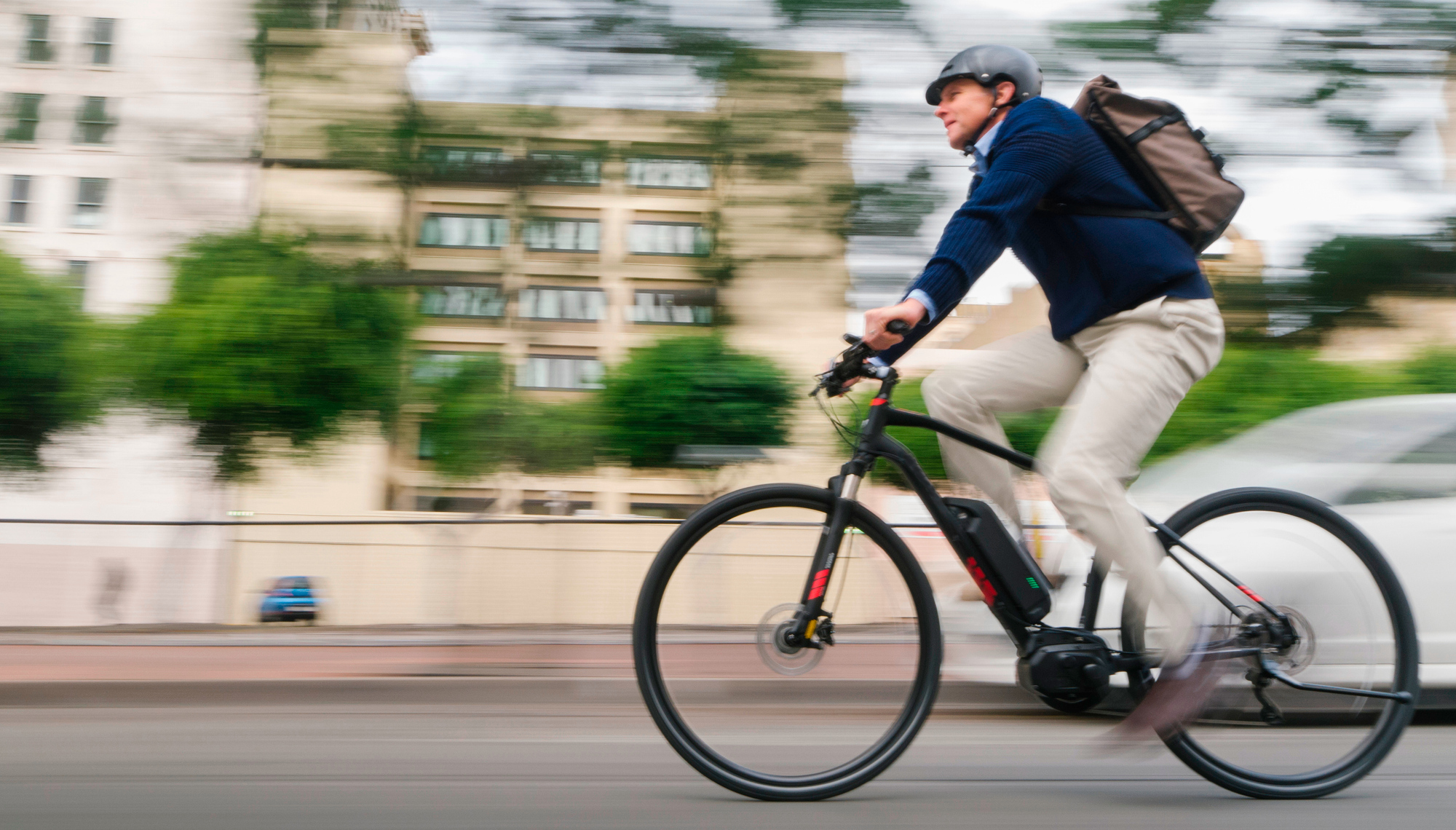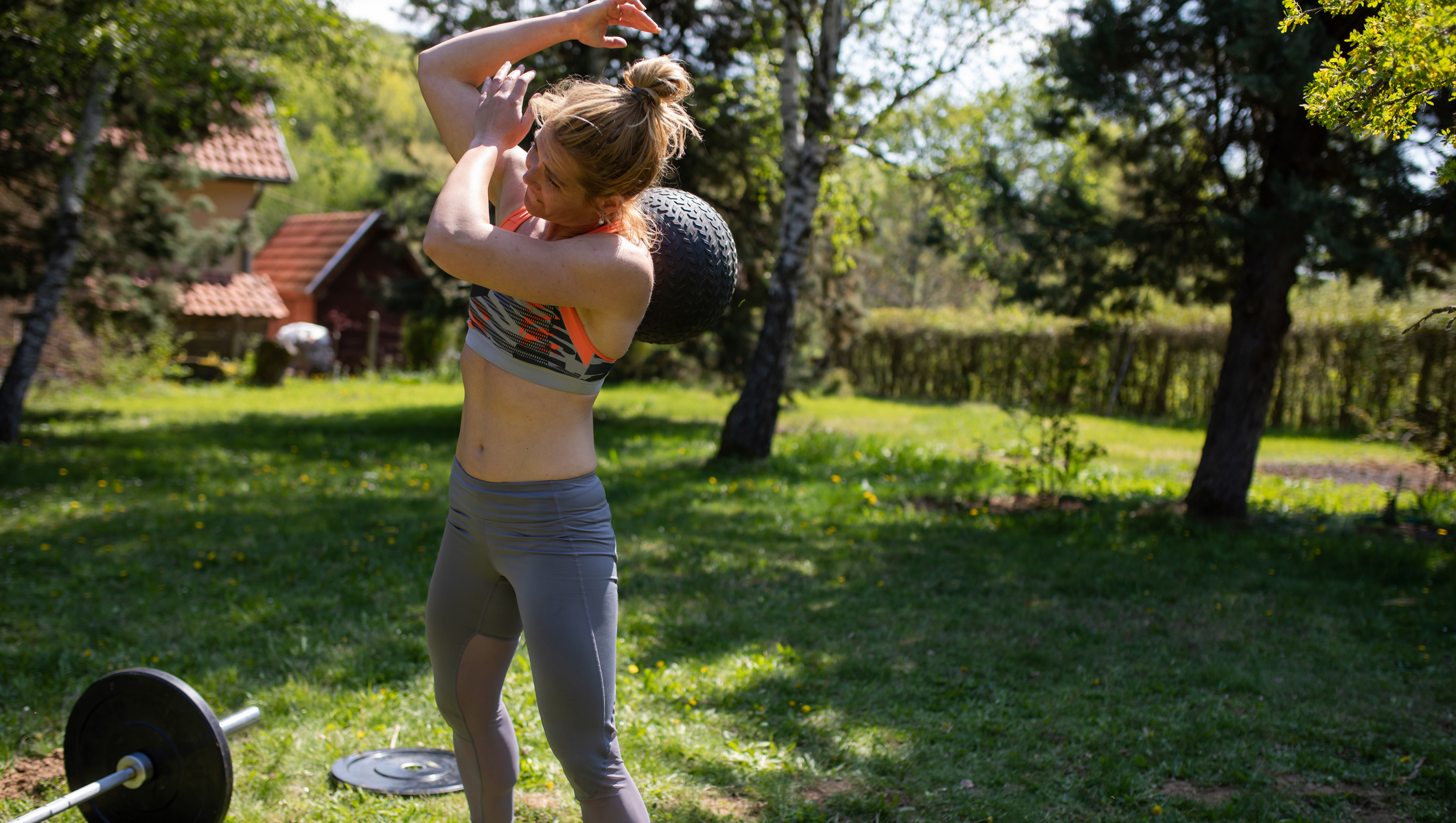A Beginner Cyclist’s Guide To FTP, Or Functional Threshold Power
If you’re following a cycling training plan, you’ll need to know your FTP. Here’s what it means, how to find out yours and how to use it

Cycling is a great way to get fit, save money and do your bit for the environment as you travel under your own steam. It’s low-impact, as low- or high-intensity as you want it to be, and if you commute by cycling to work, it can help you squeeze some exercise into everyday life.
It’s also quite addictive. If you’ve been doing it for a while, there will probably come a time when you want to use your bike for more than riding to and from the office – progressing to pedalling for exercise and training towards a cycling event.
It’s here where things can get a bit confusing. Cast your eyes over a dedicated training plan, and you might be bombarded with an array of baffling terms and acronyms that go big on “zones” and efforts, and straight over your head. Most will bang on about something called FTP – which stands for functional threshold power – but they have good reason to do so.
So we asked cycling coach Matt Rowe from Rowe & King to explain exactly what FTP is, why it’s worth knowing yours, and how it can become a valuable tool when following a training plan.
What is functional threshold power?
Before giving you the technical definition, a quick word on power. There are a number of metrics that can be measured when riding a bike – speed, elevation gained, time, heart rate and, yes, power.
Power – literally the force that you’re putting through the pedals to propel you forwards –is measured using a power meter installed on your bike or integrated into a turbo trainer. It’s measured in watts and 1 watt = 1 joule (1/1000kJ) of effort.
Now the power part of the equation is clear, let’s add the “functional threshold” bit. “It’s the amount of power that you can produce at the point at which your rate of lactate production is closely matched to your body’s ability to remove lactate from the working muscles,” says Rowe.
When you perform any exercise, the body relies on its aerobic and anaerobic energy systems to create the energy used by your muscles to power the movement. At low-to-moderate intensities (aerobic), your body is able to efficiently create the energy required. Go too hard, though, and your anaerobic energy system becomes dominant, creating energy but also lactate as a byproduct. When this can’t be cleared quickly enough from your muscles, it causes fatigue and a burning sensation. FTP is essentially the point where your aerobic system is at its limit.
“Riding at FTP is an intensity that feels uncomfortable, yet it’s possible to sustain for 40-60 minutes on a good day,” says Rowe.

Why is it worth knowing your FTP?
“When you head out on your bike, it’s likely that you want to feel like you’ve worked hard without overdoing it, and you want to travel fast,” says Rowe. He finds that without a dedicated plan most riders will spend a lot of time riding at or just below their FTP. “It’s that feel-good zone, where you work hard, but not that really hard, and you travel quite quickly.
“You will very quickly reach a plateau in your performance by riding around your FTP over and over, with little other variation in intensity,” he explains. “To improve, you need to ride easier on some days and harder on others – taking a polarised approach.”
This is where knowing your FTP comes in handy. Once you know yours, it’s possible to work out a suite of training zones based on a percentage of your FTP, ranging from easy low-intensity through to pure neuromuscular power. These zones can then be applied to a set of structured workouts and drills, such as in our 100-mile sportive cycle training plan.
There are numerous different methods to work out the different zones, but Rowe favours the seven-zone model designed by the exercise physiologist Dr Andy Coggan.
| Zone | Name | Average power |
|---|---|---|
| 1 | Active recovery | <55% |
| 2 | Endurance | 56-75% |
| 3 | Tempo | 76-90% |
| 4 | Lactate threshold | 91-105% |
| 5 | VO2 Max | 106-120% |
| 6 | Anaerobic capacity | >121% |
| 7 | Neuromuscular power | N/A |
“Knowing your FTP can help you to structure your training, with the most likely change being that you train harder and easier – avoiding that ‘middle ground’ where you ride very close to FTP,” says Rowe.
Your FTP is also a good benchmark for your performance and can be regularly tested to see how you’re improving and adapting to training. “While everyone knows there is more to cycling performance than FTP, [it] is a very good predictor of performance for most cyclists, where the higher your FTP, the better.”

How do you measure your FTP?
Testing your FTP will require a power meter, but most smart turbo trainers have one built in.
The easiest way to work out your FTP is by completing a simple, short test where you attempt to ride as hard as you can for 20 minutes. Once you have your average power for that 20-minute effort, you multiply it by 95% to get an approximation of what your one-hour average would be.
If this sounds like too much to focus on while trying to ride as hard as you can, training apps like Zwift make it more straightforward, with dedicated FTP test workouts that include thorough warm-ups and warm-downs.
Testing doesn’t need to be repeated too frequently either. Rowe recommends at least six weeks between tests as a minimum. “Your training zones are a range, plus your actual lactate threshold varies day to day, depending upon fatigue among other factors, so trying to be over-specific isn’t viable or productive.”
Don’t worry if you only have access to a power meter when riding indoors, too. “The vast majority of riders we coach get their structured training sessions completed indoors on the turbo during the week and then hit the road on the weekend for their unstructured group rides, where I wouldn’t encourage you to be looking at your power meter anyway,” says Rowe. “It’s your chance to ride your bike and enjoy going with the flow of the ride.”
Get the Coach Newsletter
Sign up for workout ideas, training advice, reviews of the latest gear and more.
Charlie Allenby is a journalist with a passion for pedalling. He contributes features and buying advice about cycling, and is Coach’s dedicated turbo trainer reviewer. He is also Coach’s chief whey and casein protein powder tester, trying as many brands as possible.
Charlie’s first book, Bike London, is out now. He has written for The Guardian, The Independent and BikeRadar, among others.










